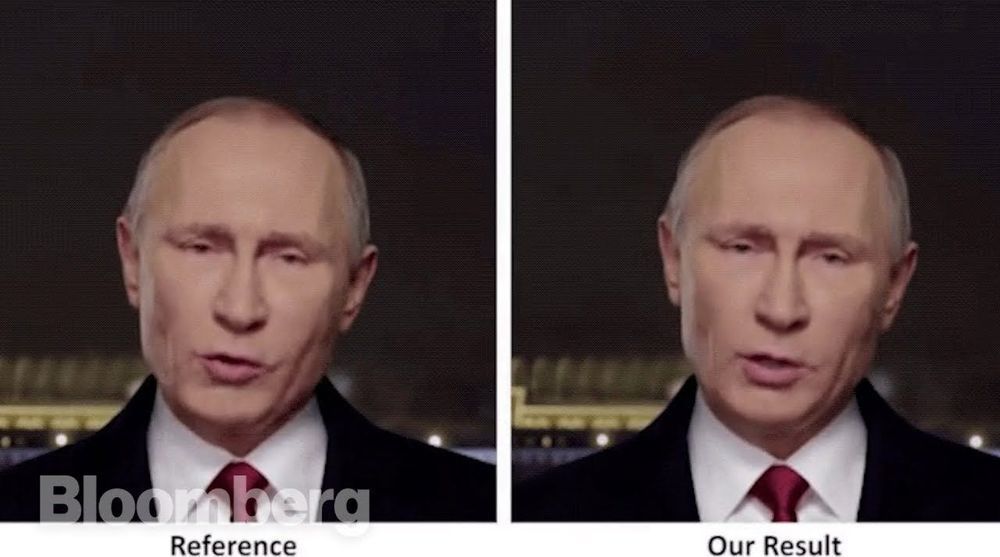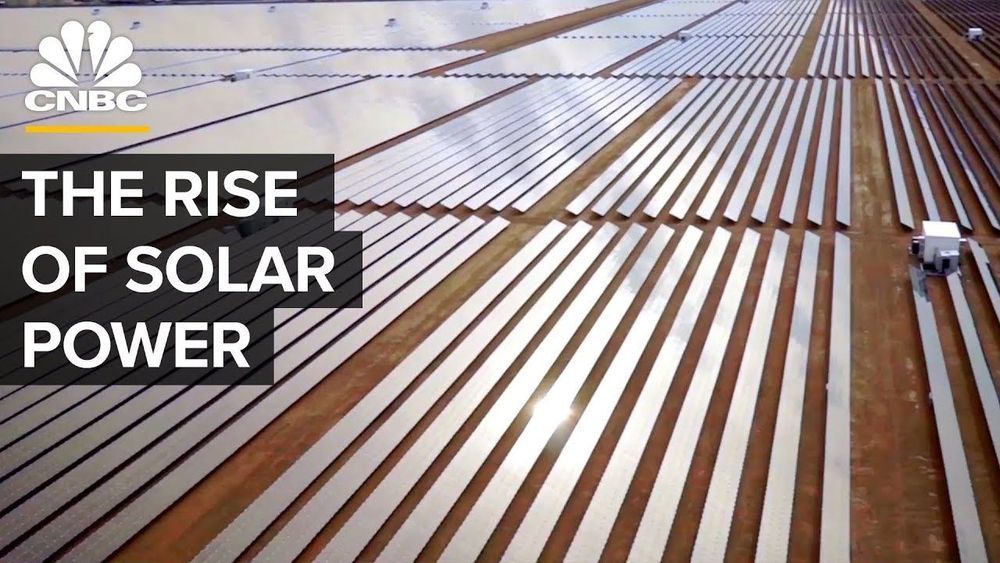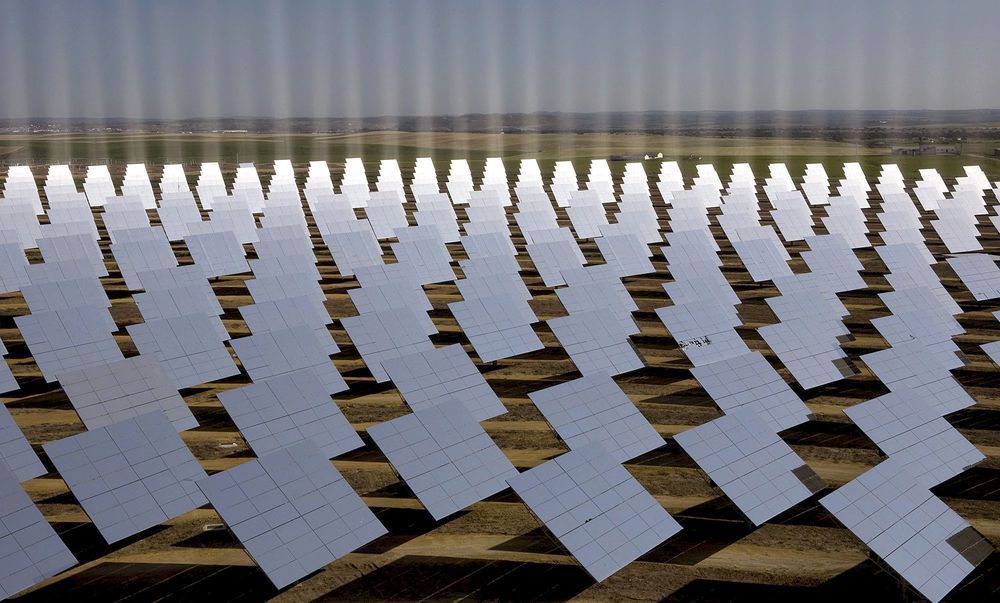Sep 22, 2019
Artificial Intelligence: it will kill us | Jay Tuck | TEDxHamburgSalon
Posted by Fyodor Rouge in categories: drones, military, policy, robotics/AI
For more information on Jay Tuck, please visit our website www.tedxhamburg.de
US defense expert Jay Tuck was news director of the daily news program ARD-Tagesthemen and combat correspondent for GermanTelevision in two Gulf Wars. He has produced over 500 segments for the network. His investigative reports on security policy, espionage activities and weapons technology appear in leading newspapers, television networks and magazines throughout Europe, including Cicero, Focus, PC-Welt, Playboy, Stern, Welt am Sonntag and ZEITmagazin. He is author of a widely acclaimed book on electronic intelligence activities, “High-Tech Espionage” (St. Martin’s Press), published in fourteen countries. He is Executive Producer for a weekly technology magazine on international television in the Arab world. For his latest book “Evolution without us – Will AI kill us?” he researched at US drone bases, the Pentagon, intelligence agencies and AI research institutions. His lively talks are accompanied by exclusive video and photographs.
This talk was given at a TEDx event using the TED conference format but independently organized by a local community.

















